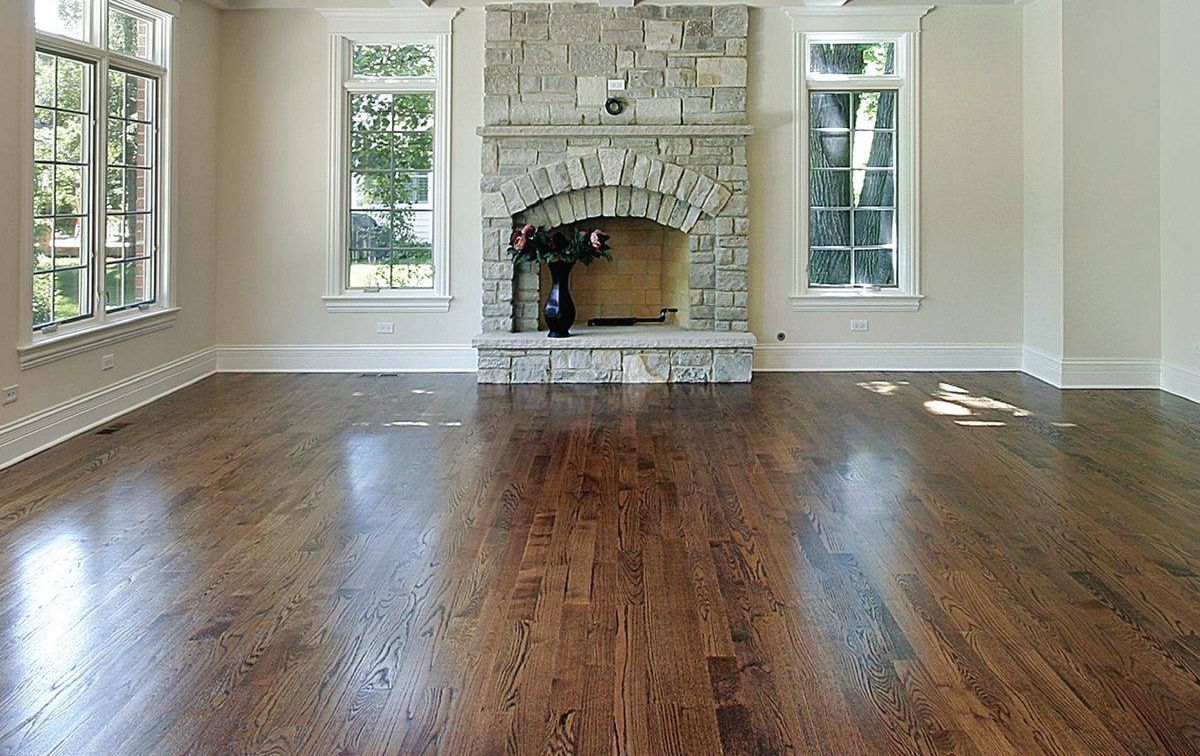How to Protect Hardwood Floors: A Practical Guide for Cincinnati Homeowners
Hardwood floors are one of the most beautiful features you can add to your home. They bring warmth, elegance, and timeless style that stands the test of time. Whether you’ve just had new hardwood installed or you’re caring for floors that have been in your family for decades, knowing how to protect hardwood floors is essential to keeping them looking their best.
At Cincy Preferred Flooring, we’ve worked with homeowners across Cincinnati and surrounding areas to install, refinish, and maintain hardwood floors that last for generations. In this guide, we’re sharing simple, practical steps you can take to preserve your flooring and avoid preventable damage — so you can enjoy your hardwood for years to come.
Why Protecting Hardwood Floors Matters
Hardwood is durable, but it’s not indestructible. Daily wear, changes in humidity, water exposure, and furniture movement can all take a toll on the surface. Over time, this can lead to scratches, dents, discoloration, warping, and other issues that shorten your flooring's lifespan. When you protect hardwood floors the right way, you:
- Extend their lifespan
- Preserve their beauty
- Reduce long-term maintenance costs
- Prevent major repairs or premature refinishing
- Maintain your home’s resale value
A little care goes a long way — especially when it becomes part of your regular routine.
Place Mats and Rugs in High-Traffic Areas
One of the easiest ways to protect your hardwood is by adding floor mats and area rugs. High-traffic areas like hallways, living rooms, and entryways are the first places to show signs of wear. How rugs help:
- Reduce scuffs and scratches from shoes
- Limit dirt and grit from working into the finish
- Help absorb moisture near doorways
- Add extra traction for kids and pets
We especially recommend adding entry mats at every exterior door. Cincinnati weather can be muddy, snowy, and rainy — and that moisture can cause your floors to swell or stain. Choose mats with non-rubber, breathable backings to avoid moisture getting trapped underneath.
Use Felt Pads Under Furniture
Furniture is one of the most common causes of hardwood floor scratches. Chairs, tables, sofas, and beds all slide or shift slightly over time — even if you don’t notice it. Placing felt pads under the feet of your furniture protects the finish and drastically reduces surface damage.
For chairs that get moved often, replace worn pads regularly. If you have stools at a kitchen island or counter, consider gliders or felt-lined floor protectors that withstand daily use.
Clean Up Spills Quickly
Water is one of the biggest threats to hardwood floors. Spills left to sit can seep into the wood, causing swelling, staining, or warping. While today’s finishes offer better moisture protection, it’s still crucial to wipe up liquid as soon as it happens. A few simple tips:
- Use a dry or slightly damp cloth
- Avoid wet mopping
- Never let water pool on the surface
Bathrooms, kitchen areas, and mudrooms are particularly vulnerable. If these spaces have hardwood, be extra mindful of routine care.
Sweep or Vacuum Regularly
Dirt and fine particles act like sandpaper on hardwood floors. When you walk across them, they grind into the finish, causing microscratches that dull the surface over time. To prevent damage, sweep or vacuum regularly — ideally a few times a week. When vacuuming, use a hardwood-safe attachment without a rotating beater bar. A microfiber dust mop is another good option for trapping dust and debris.
Maintain Proper Indoor Humidity
Hardwood is a natural material that reacts to changes in humidity. Cincinnati homeowners know the weather here can swing from hot, humid summers to cold, dry winters. That can cause boards to shrink, gap, or even cup.
To protect hardwood floors, aim to maintain indoor humidity between 35% and 55% year-round. A humidifier in winter and a dehumidifier in summer can make a big difference. This can also improve comfort and help maintain the integrity of your furniture, musical instruments, and other wood features.
Choose the Right Cleaning Products
Not all floor cleaners are good for hardwood. Harsh chemicals, bleach, abrasive powders, or anything with ammonia can damage the finish and strip the protective coating. When cleaning hardwood:
- Use cleaners specifically designed for wood floors
- Avoid steam mops
- Never use oil soaps or wax products unless recommended
If you’re unsure which products are best, our team is always happy to make recommendations based on your floor type and finish.
Lift, Don’t Drag
Whether you’re rearranging a room or moving furniture for a deep clean, never drag heavy objects across hardwood. Even with pads, dragging can cause scratches or dents. Instead:
- Lift furniture when possible
- Use sliders under heavy pieces
- Get help when moving large items
This is especially important for pieces with sharp or narrow feet, like dining chairs and metal tables.

Protect Hardwood During Construction or Remodeling
If you’re renovating your home, hardwood floors need extra care. Construction dust, tools, ladders, and debris can cause serious and expensive damage. Protect them by:
- Covering floors with breathable protective sheets
- Avoiding plastic sheets that trap moisture
- Never use painter’s tape directly on wood
Even if work isn’t happening in a room with hardwood, dust travels throughout the home — so covering is essential.
Trim Pet Nails and Protect Busy Areas
Families with pets can absolutely enjoy hardwood flooring — but a little extra care goes a long way. To protect hardwood floors from pet damage:
- Keep nails trimmed
- Add rugs in busy areas like play zones or hallways
- Clean up water spills from water bowls
Pets running across wood floors can cause tiny abrasions that build up and dull the finish over time. Maintaining your pet’s nails helps prevent this.
Recoat or Refinish When Needed
Even well-maintained hardwood floors will eventually show signs of wear. The top protective layer can be refreshed periodically with a new coat of finish. This is typically needed every 3–7 years, depending on traffic and lifestyle. Refinishing — sanding down to bare wood — is only necessary when the floors have deeper damage. When properly maintained, hardwood can be refinished repeatedly, lasting decades or even centuries.
If you’re unsure whether your floors need recoating or full refinishing, our team can assess them and recommend the best option.
Seasonal Tips for Cincinnati Homeowners
Our changing seasons mean your hardwood floors face shifting environmental conditions. Here are a few tips tailored to our region:
Spring
- Watch humidity swings
- Clean winter grit from corners
Summer
- Use dehumidifiers to avoid cupping
- Watch for water tracked indoors
Fall
- Add entry mats before wet weather arrives
- Check for minor scratches after summer traffic
Winter
- Use a humidifier to prevent shrinking
- Clean up snow and salt immediately
Being proactive year-round makes it much easier to preserve your floors long-term.
Is It Time to Refresh Your Hardwood Floors?
Even the best-cared-for floors eventually need attention. If you notice fading, dullness, or surface scratches, it may be time to recoat. If damage is deeper or more widespread, refinishing will restore that warm, beautiful wood grain you love. If you’re trying to decide how to best protect hardwood floors or bring existing floors back to life, we’re here to help. At Cincy Preferred Flooring, our specialists can evaluate your floors, recommend maintenance options, and provide professional refinishing that protects your investment.
Whether you’re looking to preserve newly installed hardwood, refresh aging floors, or learn the right maintenance routine, you can count on our expertise. Contact us today to schedule a free estimate or visit our showroom to explore the flooring solutions perfect for your home.
We look forward to helping you enjoy your hardwood floors for decades to come.


